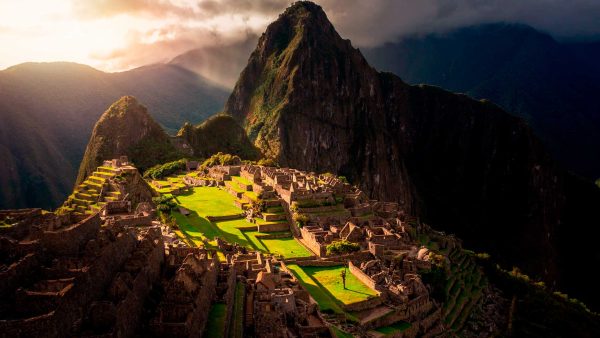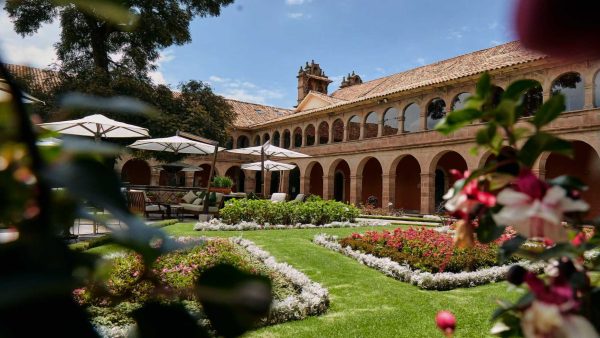Planning a trip to Peru and have lots of questions? Don’t worry — we’re here to help answer a few of them. You’ll find Peru travel tips with simple answers and helpful advice to make your trip easier and more fun.
Table of Contents
Keep reading to learn everything you need to plan your trip and enjoy Peru exactly as you imagined.
Peru Travel Tips for Before and During Your Visit
1. Is It Safe to Travel to Peru?
Peru is a safe place to visit, attracting millions of tourists every year who enjoy their trips without problems. If you’re asking, “Is it safe to go to Peru?” — the answer is yes. Just take simple precautions like watching your belongings, learning about the places you’ll visit, and following local advice.
Top destinations like Cusco, Lima, Arequipa, Paracas, and the Sacred Valley have good infrastructure and are safe for travelers. Traveling with kids or alone? Plan ahead, follow safety tips, and enjoy your trip with peace of mind.
2. How Much to Tip in Peru
In most restaurants in Peru, it’s common to leave a tip of about 5% to 10% of the bill for the service received. Tips for hotels, tour guides, drivers, and transfers are optional and based on how satisfied you are with the service.

3. Where to Buy a SIM Card in Peru
You can buy a SIM card for your phone in Peru from the country’s main carriers, such as Claro, Movistar, Entel, or Bitel. These companies have official stores in airports, shopping malls, and downtown areas of major cities.
4. Do You Need Travel Insurance for Peru?
Travel insurance is not mandatory for visiting Peru, but securing it prior to your trip is a wise choice. Buy it at home and check that it covers medical care, accidents, cancellations, lost luggage, and adventure activities.
Having insurance will give you peace of mind and protect you if something unexpected happens during your trip.
5. How Much Extra Cash to Carry Per Day in Peru
How much extra money you need per day in Peru depends on your travel style and on costs not covered by your tour package. On average, travelers can plan for about $20 to $50 USD per day to cover essential costs. If you’d like to bring home Peruvian souvenirs for your family, friends, or as a personal keepsake, your budget will depend on your preferences and the type of crafts or products you choose.
We recommend buying crafts at local artisan markets rather than at archaeological sites, as you’ll usually find better prices and a wider selection.
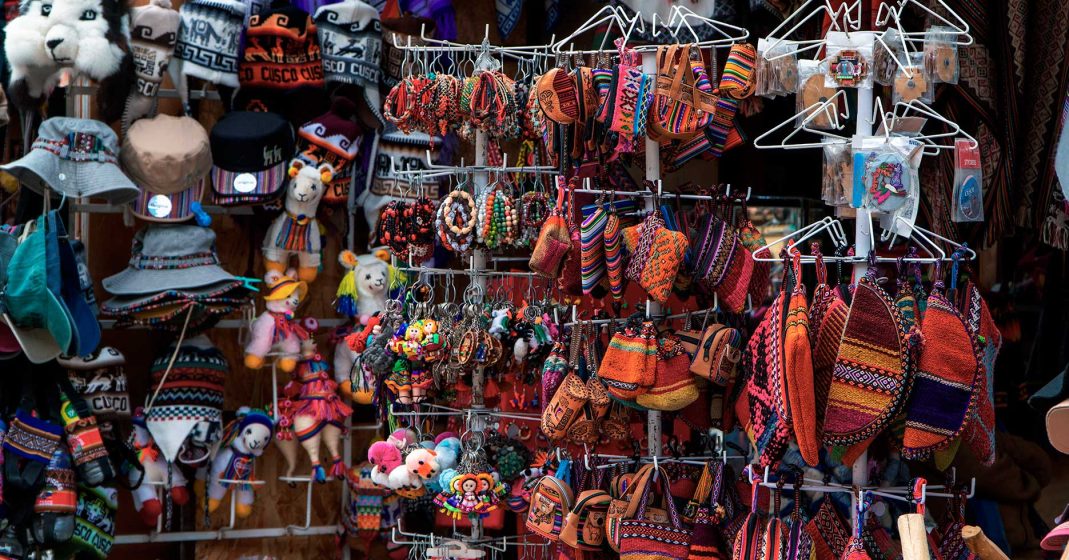
6. Snacks to Bring on Tours in Peru
One of the most important Peru travel tips is to bring some snacks for your daily tours. This will help you keep your energy up throughout the day. Some good options include:
- Water or a hydrating drink
- Energy or granola bars
- Chocolate or chocolate-covered nuts
- Andean potato chips (native potato chips)
- Fresh, easy-to-carry fruits (apples, tangerines)
- Whole grain or oatmeal cookies
- Coca candies (great for high-altitude areas)
7. What Vaccinations You Need Before Traveling to Peru
There are no mandatory vaccines to enter Peru, but it is recommended to be protected against tetanus, hepatitis A, and typhoid fever. If your trip includes the Peruvian Amazon, consider getting the yellow fever vaccine at least 10 days before arrival.
It’s best to check with your doctor or a vaccination center in your country. They can give you guidance based on your travel plans and health needs.
8. Is It Better to Carry Cash or Use a Card in Peru?
We recommend bringing cash, preferably in the local currency (Peruvian soles), for purchases such as souvenirs, visits to communities, and other small expenses. You can use your credit or debit card for payments in restaurants, shopping malls, and tourist services.
If you run out of cash, you’ll find banks and ATMs in most cities where you can withdraw money.
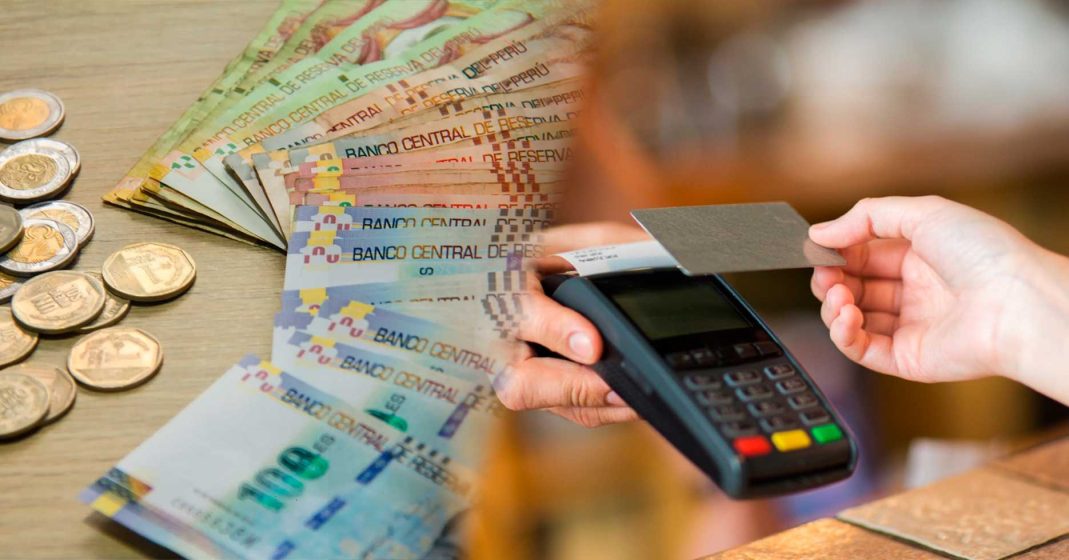
9. How to Avoid Getting Sick While Traveling in Peru
Here are some recommendations to help you stay healthy during your trip:
- Dress appropriately for cold weather in the highlands, bringing jackets, sweaters, and a hat.
- Stay hydrated, especially in high-altitude cities.
- Avoid raw food or eating in places with poor hygiene.
- Always drink bottled or purified water.
- Take time to acclimate to the altitude in Cusco, Puno, or Arequipa.
- Use insect repellent in jungle areas to prevent bites.
- Bring your personal medications.
10. Safest Places to Visit in Peru
Peru has many tourist destinations that offer good infrastructure, services, and safety for visitors. Some of the most recommended places include:
- Cusco and the Sacred Valley of the Incas: Home to archaeological sites, traditional villages, and a strong tourist presence.
- Machu Picchu: One of the most visited and well-protected sites in the country.
- Arequipa and the Colca Canyon: A peaceful city with both cultural and natural attractions.
- Paracas and the Ballestas Islands: A coastal area with organized tours.
- Lima (districts of Miraflores, Barranco, and San Isidro): Areas with a great tourist offer and good safety measures.
- Lake Titicaca (Puno, Uros Islands, and Taquile): A safe and well-organized cultural experience.
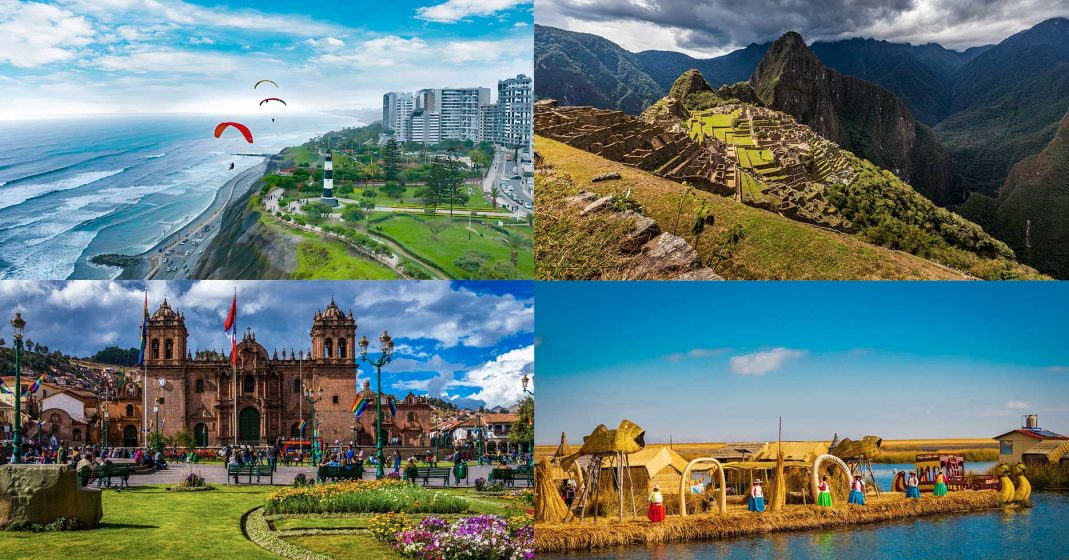
Travel to Peru with the Best Information and Peace of Mind
Now that you have our Peru travel tips, you are ready to explore the country with confidence. Enjoy every experience! Culture, history, landscapes, and flavors are waiting for you. At Peru Grand Travel, we’re ready to make it happen.
Traveling is about discovering, learning, and creating unforgettable memories, and Peru is the perfect destination for all of that. Its landscapes, history, and culture make every experience unique, filled with moments that will change your life.
We invite you to explore our Peru packages. Your experience in Peru is just one step away. Contact us now and start living the unique adventure you’ve always dreamed of.
More information:
- Visit our English website: Peru Grand Travel
- Visit our Spanish website: Viajes Machu Picchu Tours
- Visit our Portuguese website: Machu Picchu Pacotes


